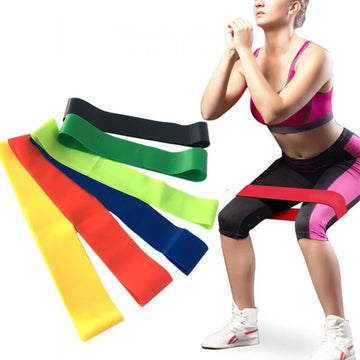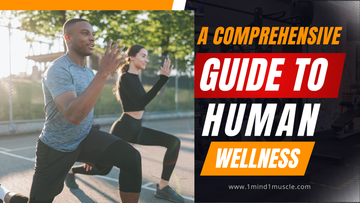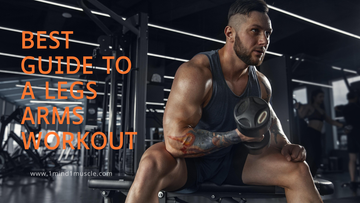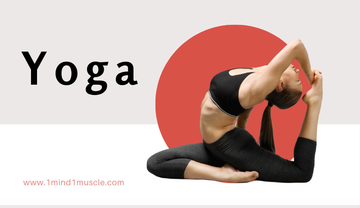Introduction
Elastic resistance bands have become a fitness staple for a reason—they’re simple yet powerful tools that have redefined how we approach workouts. These unassuming bands bring versatility, affordability, and portability to the forefront, offering a fresh alternative to clunky gym equipment. Whether you’re a complete beginner dipping your toes into fitness or a seasoned athlete looking to elevate your routine, resistance bands are your perfect companion.
In this guide, we’ll unravel everything there is to know about elastic resistance bands—from their various types and unique benefits to exercises, care tips, and much more. Ready to dive in? Let’s go!
Types of Elastic Resistance Bands
Picking the right resistance band is like choosing the perfect workout buddy—it has to align with your needs. Here are the different types of bands and their standout features:
1. Flat Resistance Bands
Flat bands are thin, wide, and incredibly versatile. Often used in rehabilitation and physical therapy, they’re perfect for stretching, flexibility training, and low-impact recovery exercises.
2. Loop Resistance Bands
These circular bands shine in lower-body workouts like squats and side steps. Their looped design ensures you don’t need to fuss with knots, making them convenient and efficient.
3. Tube Resistance Bands with Handles
Equipped with handles on either end, tube resistance bands are ideal for strength training. They closely mimic free weights, offering a reliable option for upper-body exercises such as rows and presses.
4. Mini Bands
Mini bands are compact loops designed for targeted exercises. They’re perfect for warming up your glutes and hips or adding extra resistance to lower-body workouts.

Benefits of Elastic Resistance Bands
Why are resistance bands sweeping the fitness world? The answer lies in their unique advantages:
1. Portability and Convenience
Forget dragging heavy weights around. Resistance bands are feather-light and foldable, making them your ideal travel companion. Whether you’re at home, in the office, or on a weekend getaway, your workout is always within reach.
2. Versatility for Full-Body Workouts
Think of resistance bands as a one-size-fits-all solution. From squats and push-ups to tricep extensions and planks, they enable you to target every muscle group effectively.
3. Joint-Friendly Resistance Training
Unlike traditional weights, resistance bands provide consistent tension without putting undue stress on your joints. This makes them a safer choice for individuals with joint pain or those recovering from injuries.
4. Budget-Friendly Fitness Equipment
Resistance bands don’t burn a hole in your pocket. For a fraction of the cost of gym memberships or weights, you get a tool that’s durable, multifunctional, and highly effective.
How to Choose the Right Elastic Resistance Band
Not all resistance bands are created equal. Here’s how to find the perfect match:
1. Understand Resistance Levels
Bands come in varying resistance levels—light, medium, heavy, and extra heavy. Beginners should opt for lighter resistance to master their form before advancing.
2. Prioritize Material and Durability
Durability is key. Look for high-quality latex or fabric bands that won’t snap under pressure. Reliable materials ensure safety and longevity.
3. Match Your Workout Goals
Different bands cater to different needs. For instance, flat bands work wonders for stretching, while tube bands with handles are your go-to for upper-body strength training.
4. Stay Within Budget
Resistance bands are generally affordable, but sets with multiple resistance levels can offer better value for money.
Exercises You Can Do with Elastic Resistance Bands
Resistance bands unlock a world of possibilities. Here’s how you can integrate them into your routine:
Upper Body Exercises
- Bicep Curls: Stand on the band and curl the handles toward your shoulders to build arm strength.
- Shoulder Presses: Press the band overhead to sculpt your shoulders.
- Chest Presses: Anchor the band behind you and push forward to engage your chest muscles.
Lower Body Exercises
- Squats: Add resistance to your squats by placing the band around your thighs.
- Lateral Band Walks: Strengthen your glutes and hips with side-to-side movements.
- Leg Presses: Anchor the band and push outward with your feet for a killer leg workout.
Core Workouts
- Russian Twists: Incorporate a band for added resistance to rotational movements.
- Plank Band Rows: Combine planking with rowing for a dual upper-body and core challenge.
- Band Sit-Ups: Hold the band for extra resistance during sit-ups.
Flexibility and Stretching Routines
Flat bands are excellent tools for stretching tight hamstrings, shoulders, and hips. Use them during yoga or post-workout cooldowns to improve flexibility.

Resistance Bands for Beginners
Resistance bands are a beginner’s dream. Their low-impact nature ensures a safe and accessible introduction to fitness:
- Start with Basics: Focus on mastering foundational movements like squats and bicep curls.
- Consistency is Key: Commit to 2-3 sessions per week to build strength gradually.
- Sample Routine: Try a 20-minute beginner workout featuring banded squats, plank rows, and triceps extensions.
Conclusion
Elastic resistance bands are more than just workout tools—they’re a gateway to a healthier, stronger, and more flexible you. Their versatility, affordability, and convenience make them a must-have for anyone, regardless of fitness level.
Whether you’re starting out or leveling up, there’s no better time to integrate resistance bands into your routine. Start small, stay consistent, and watch your fitness journey transform one stretch at a time.





